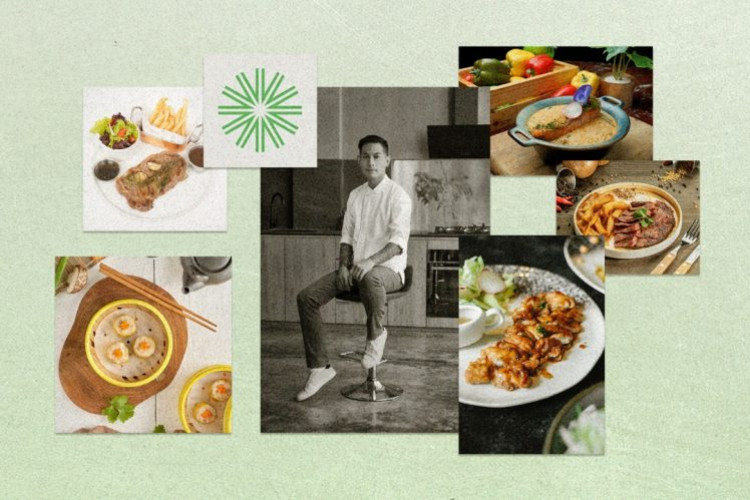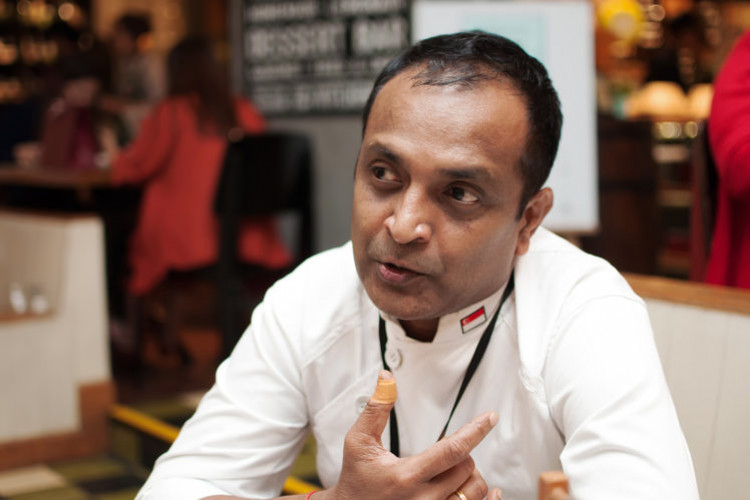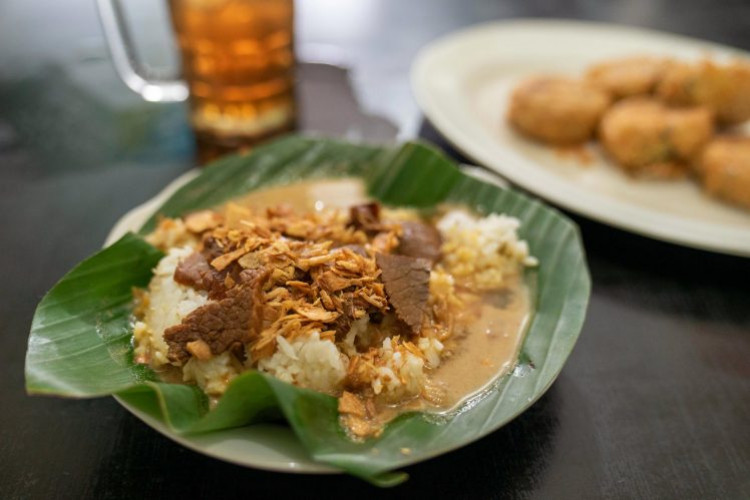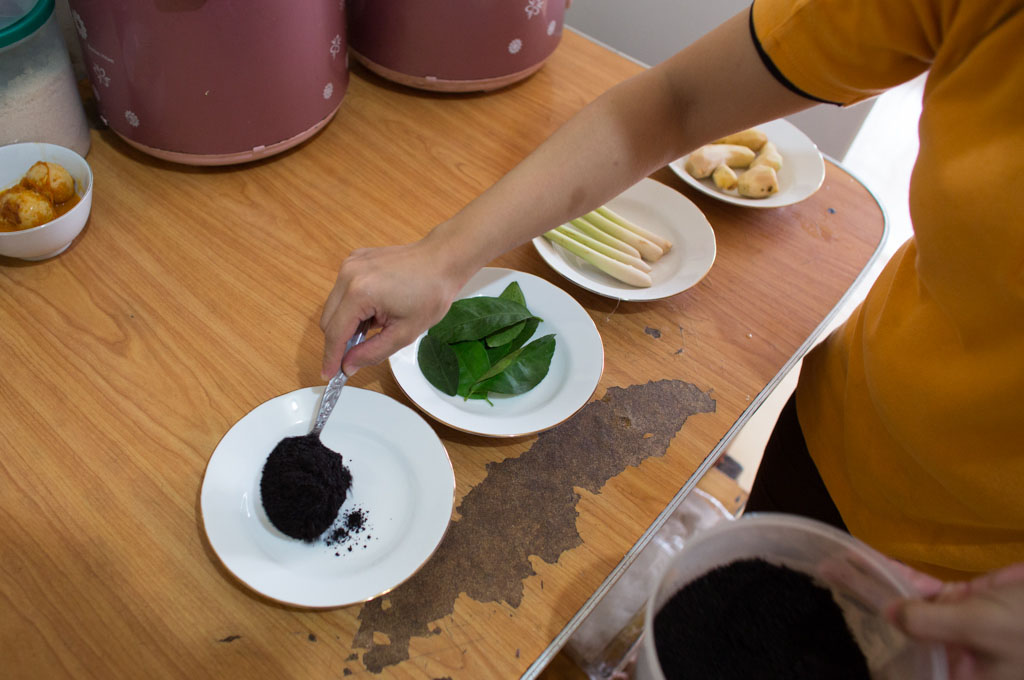
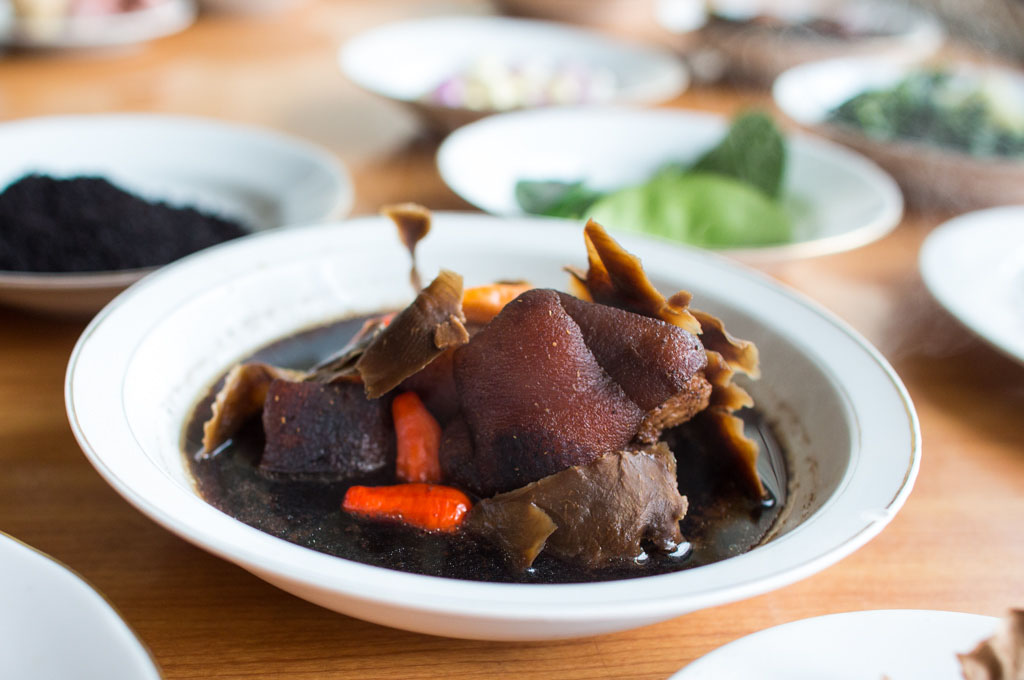
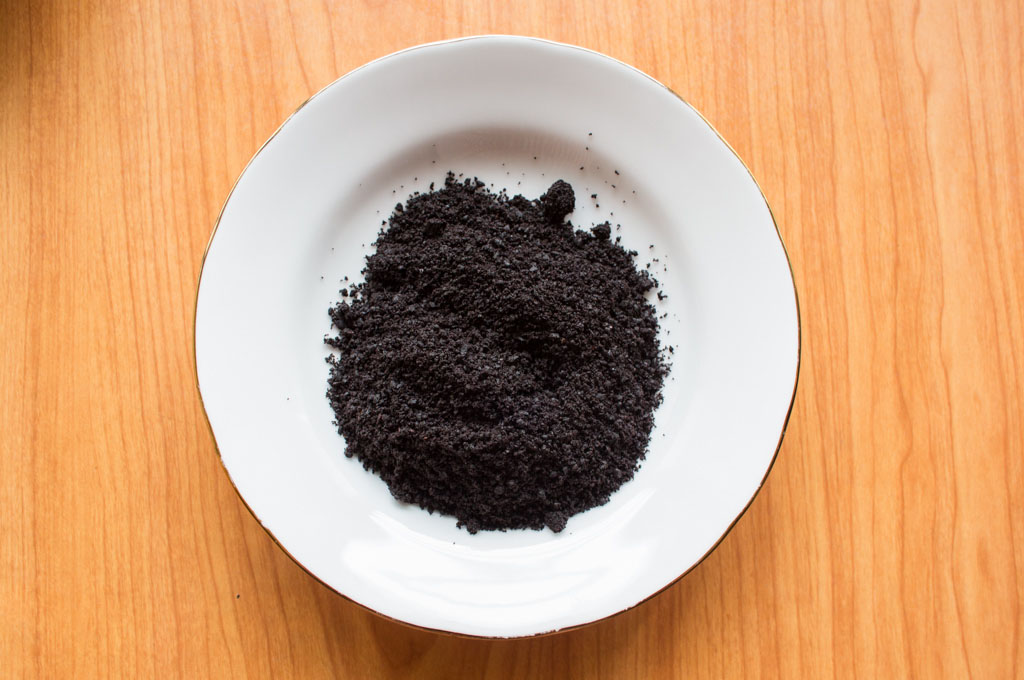
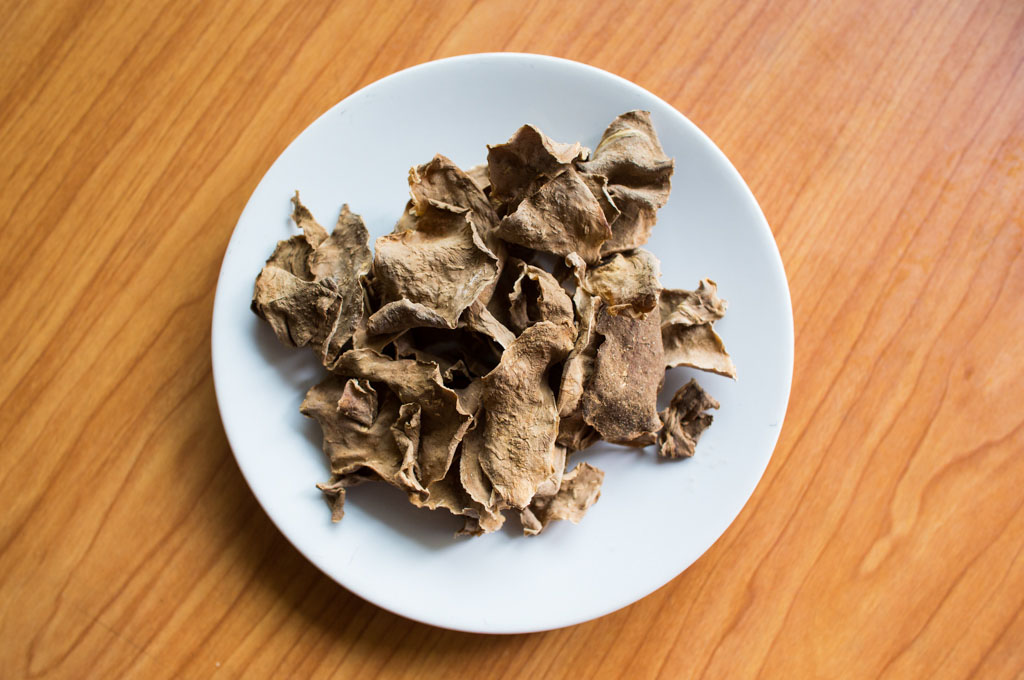
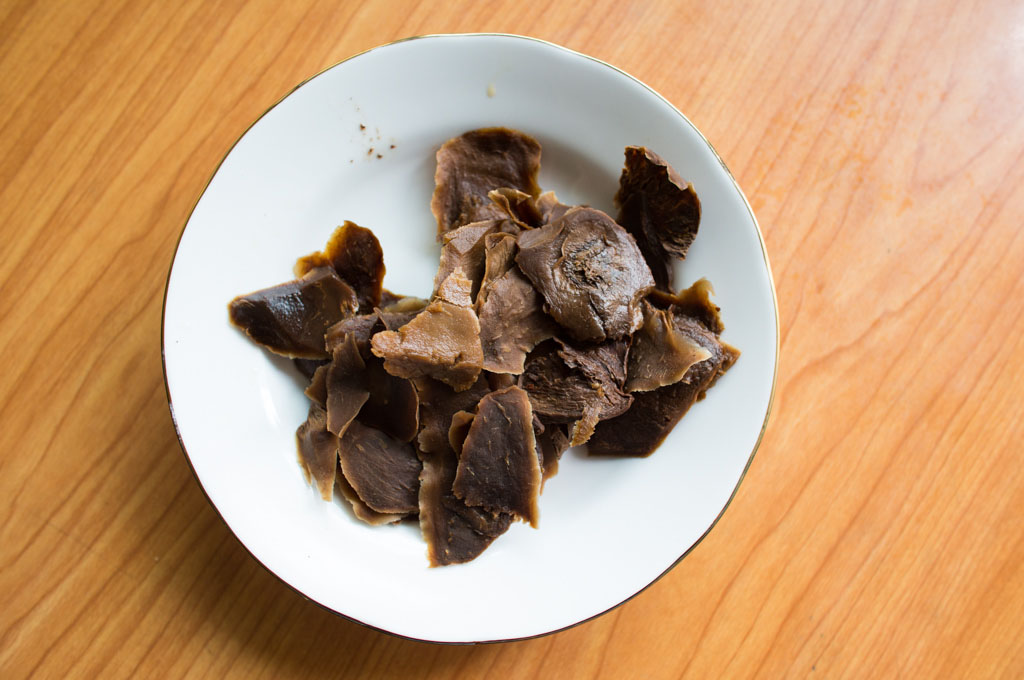
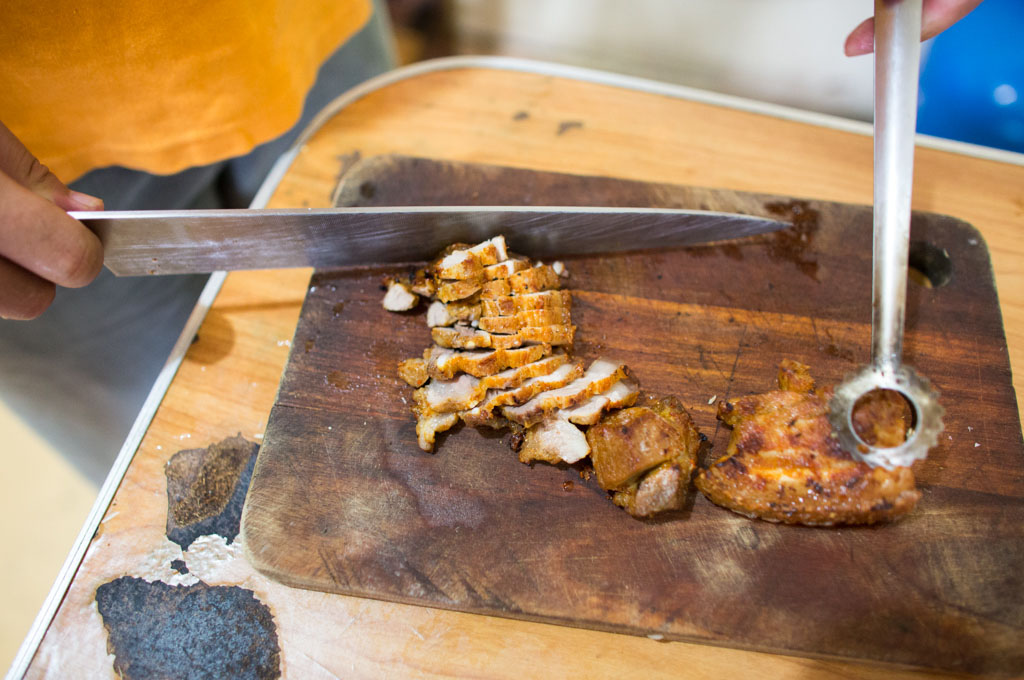
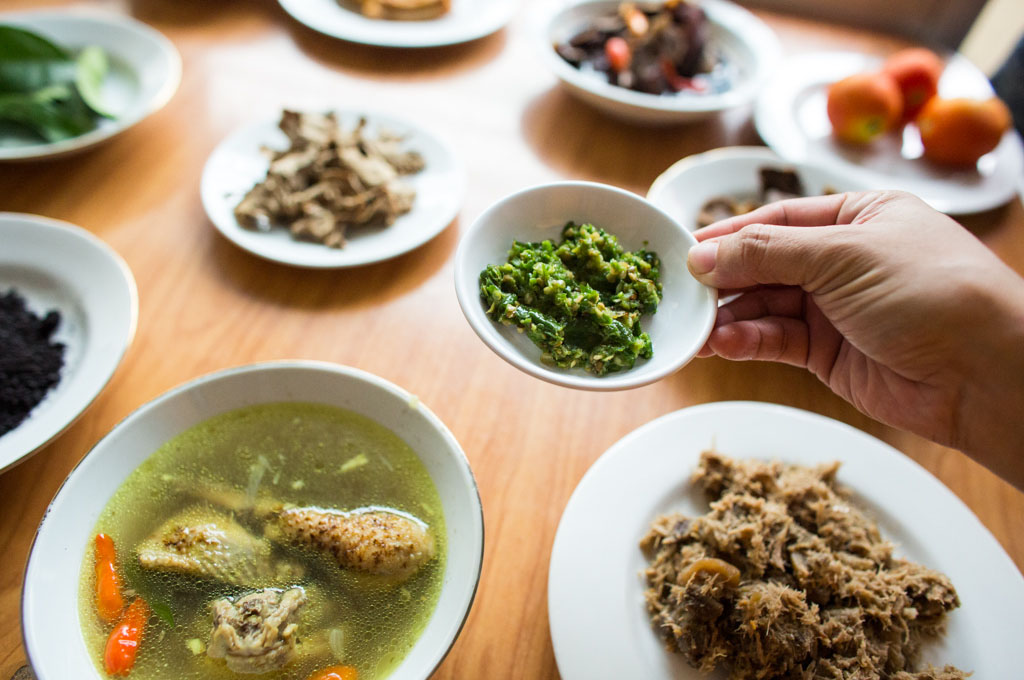

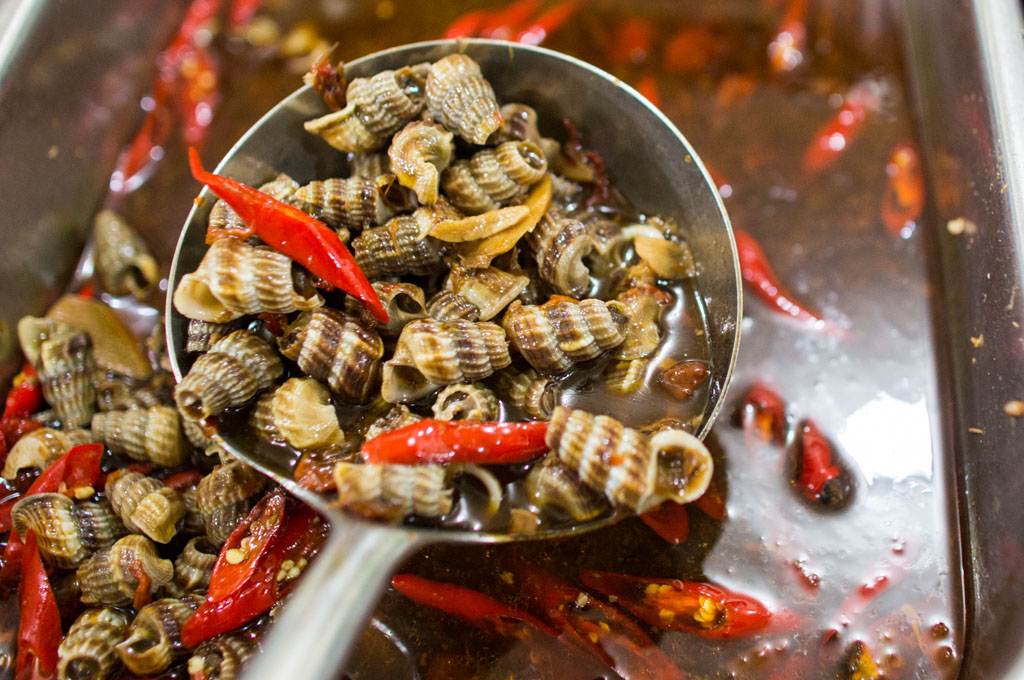
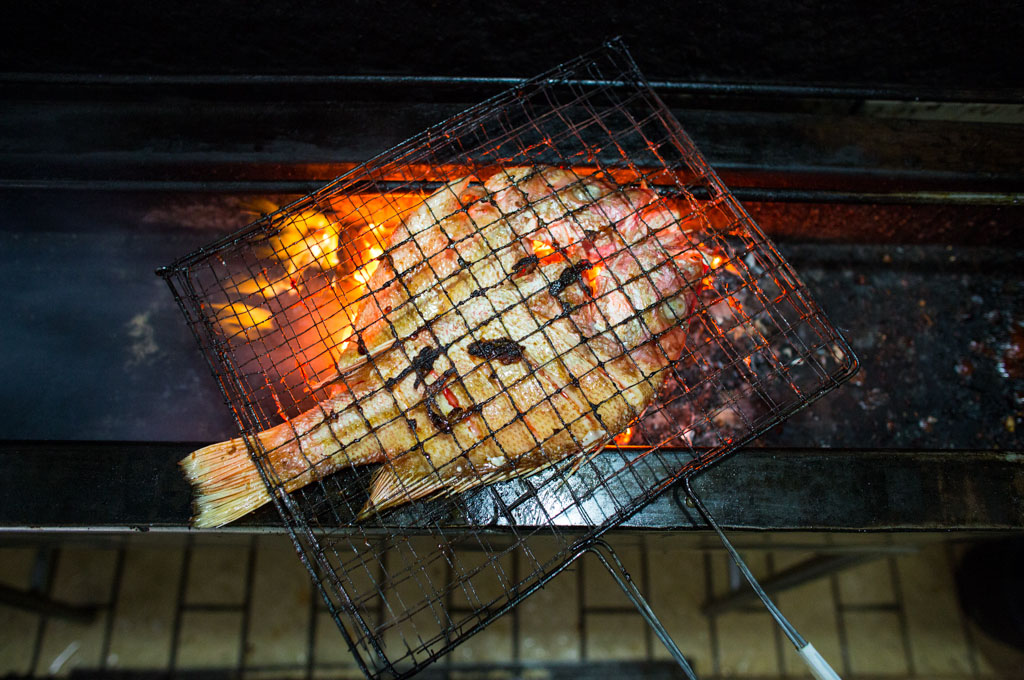
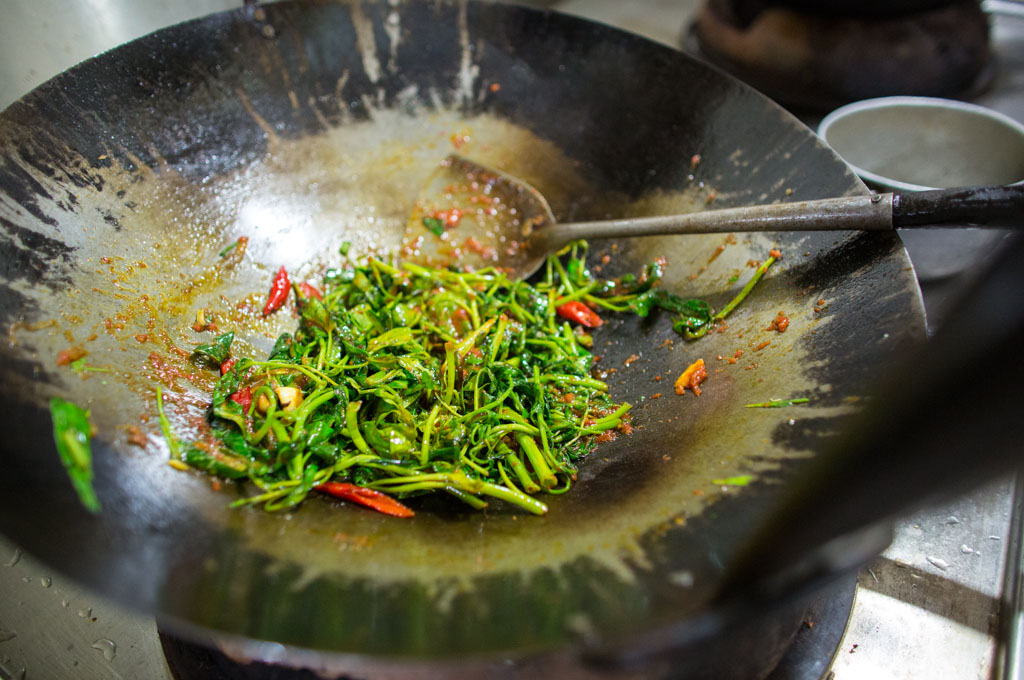
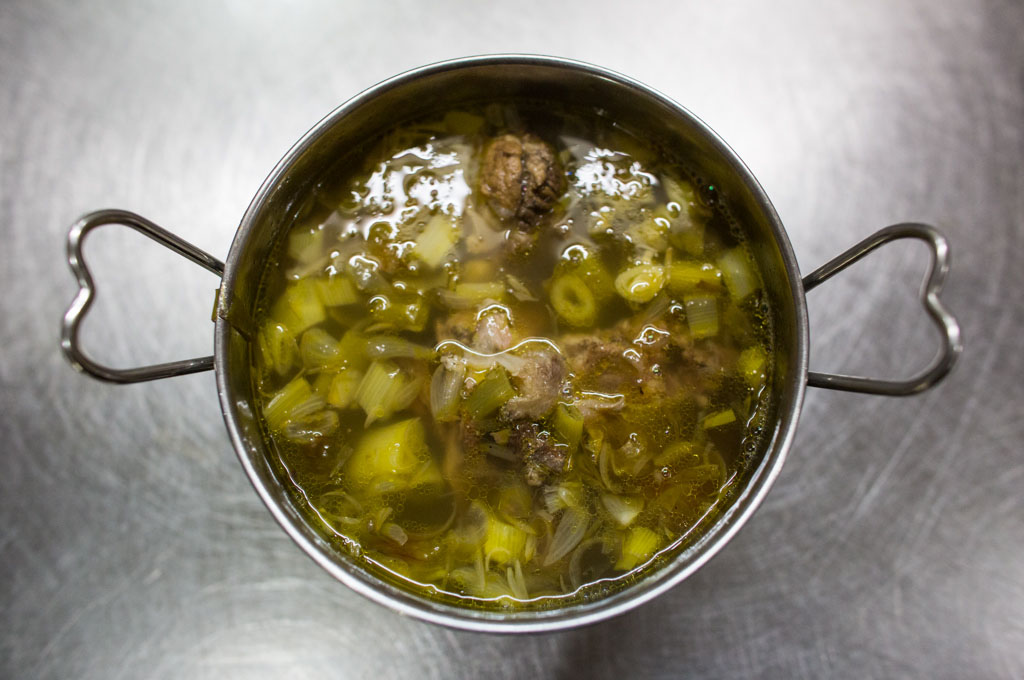
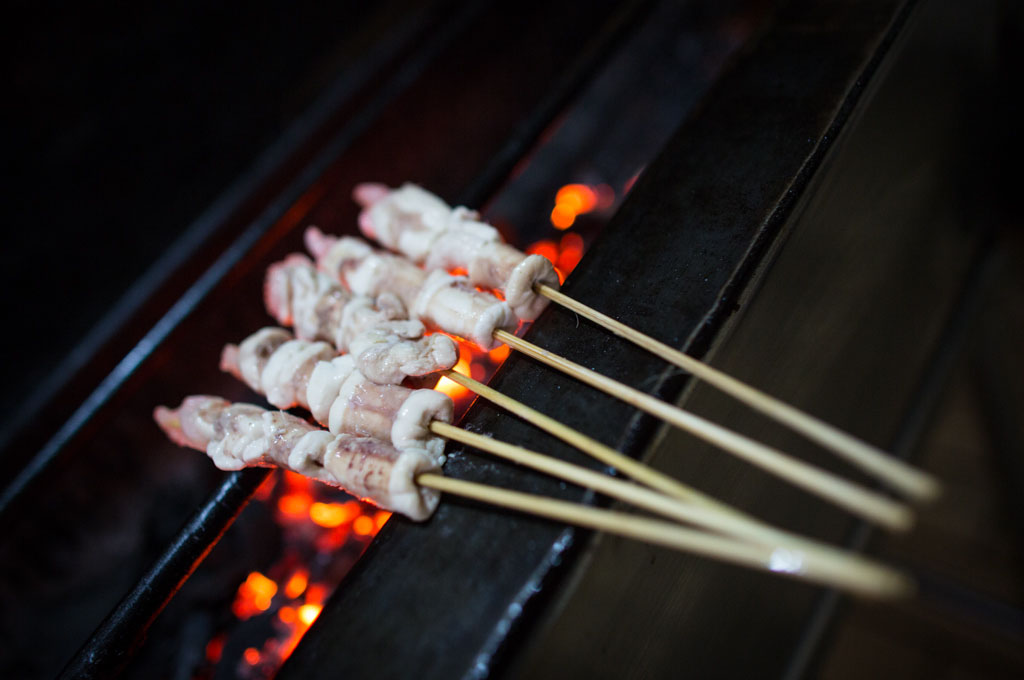
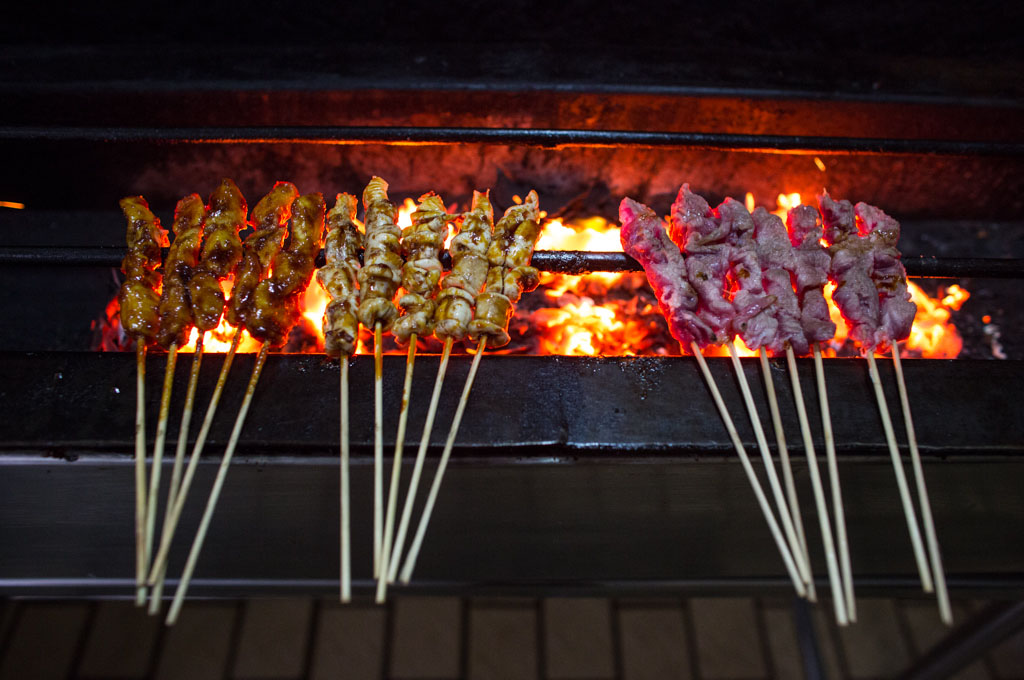
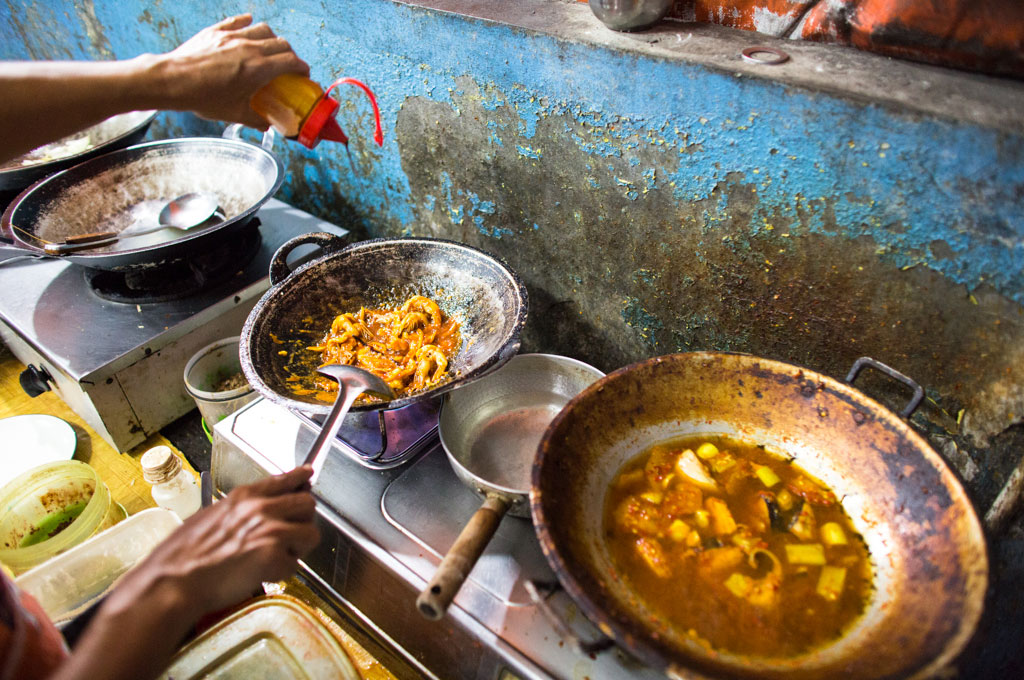
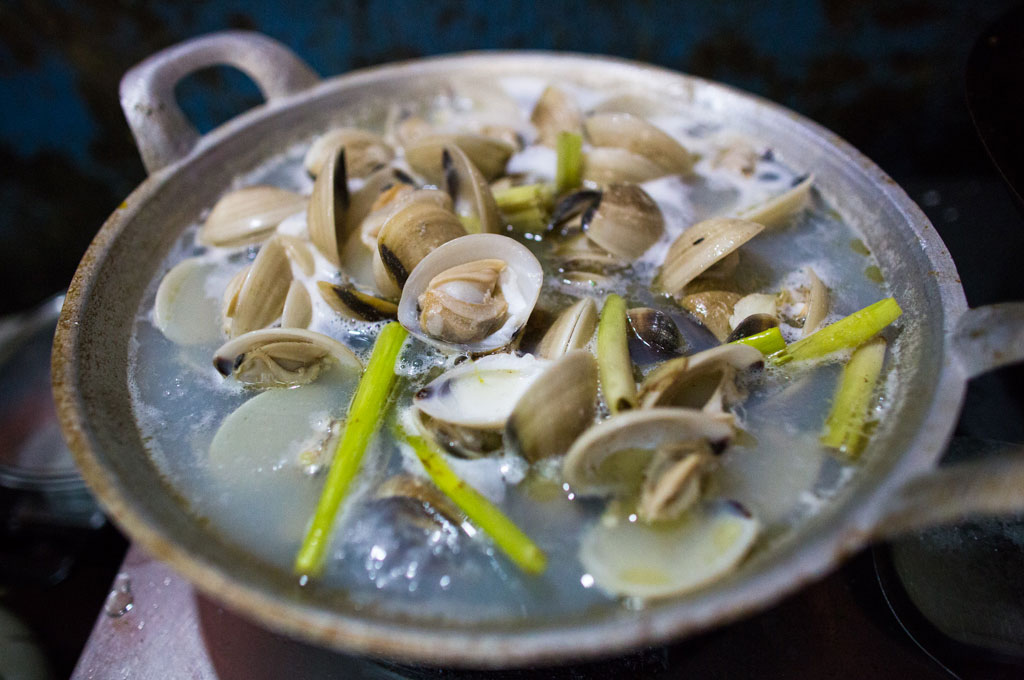
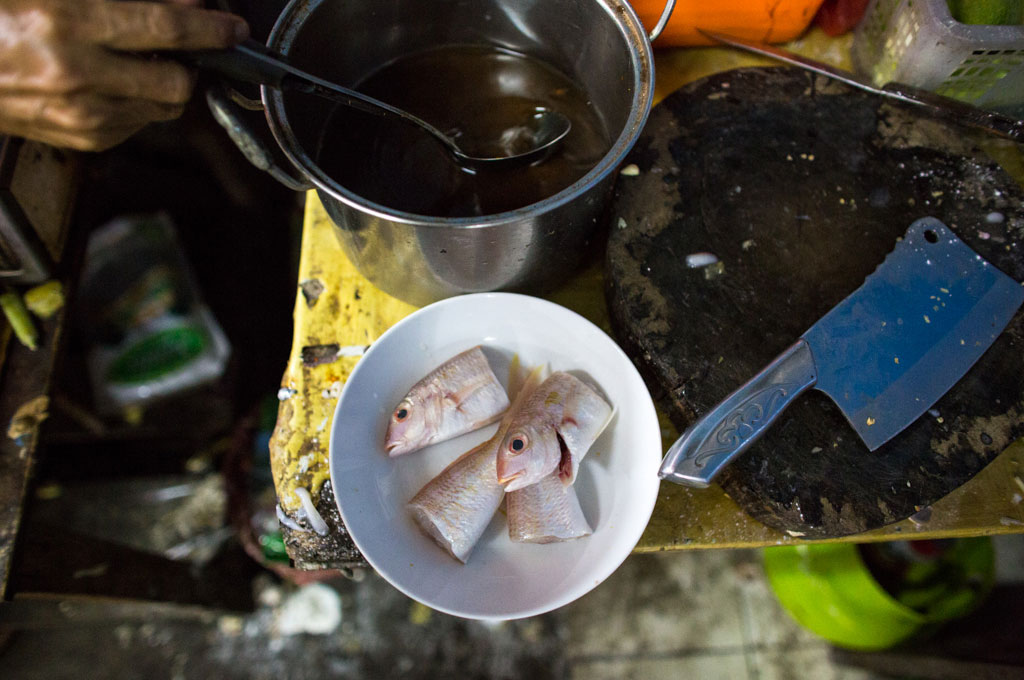
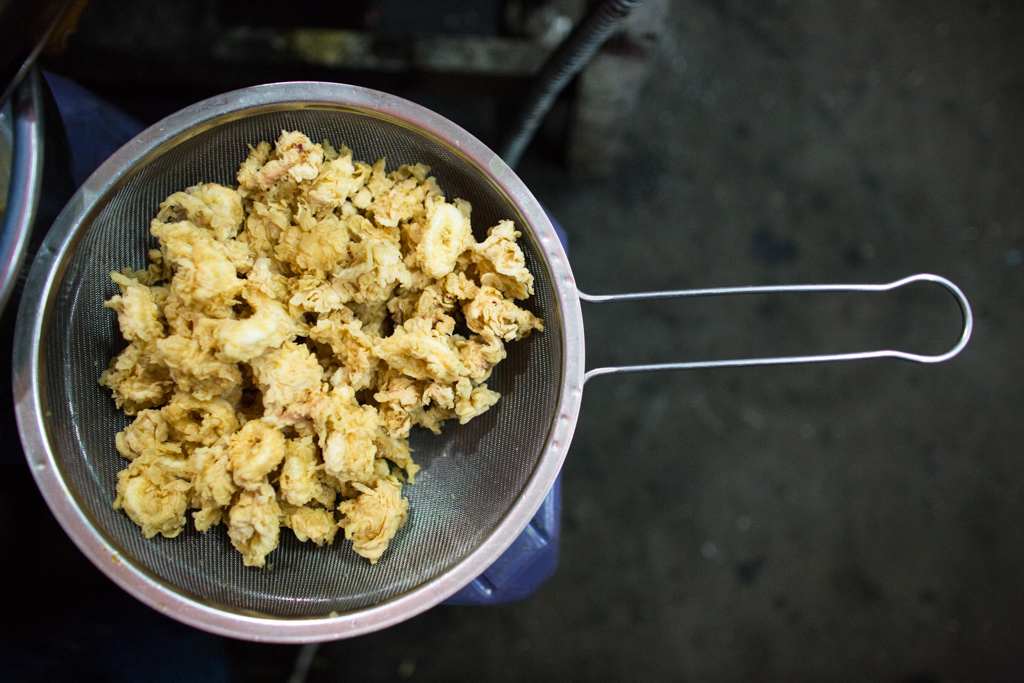
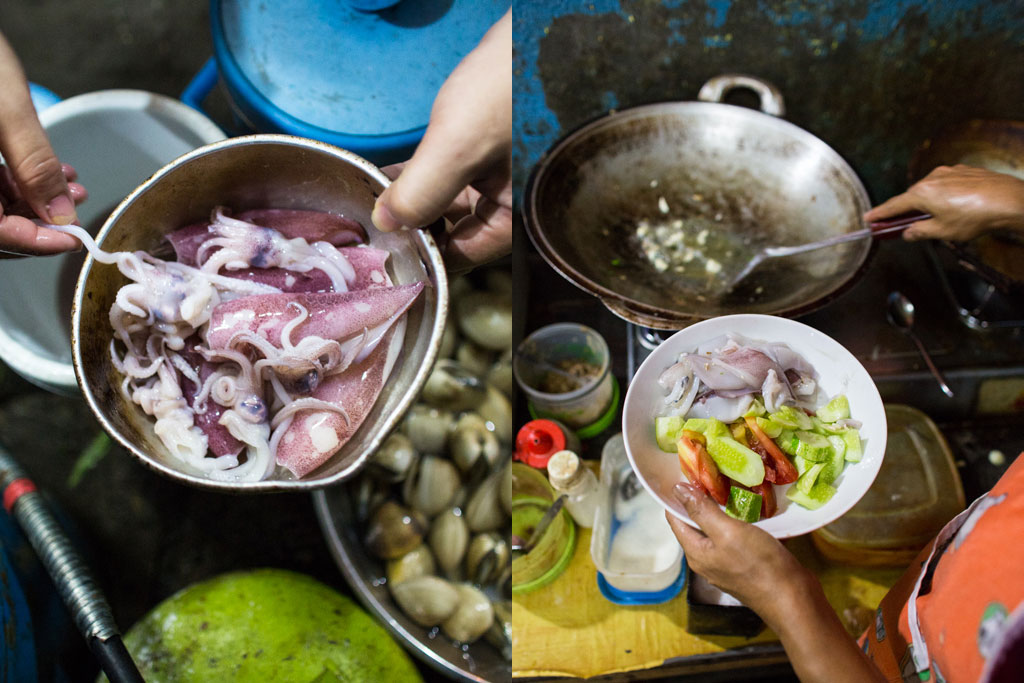
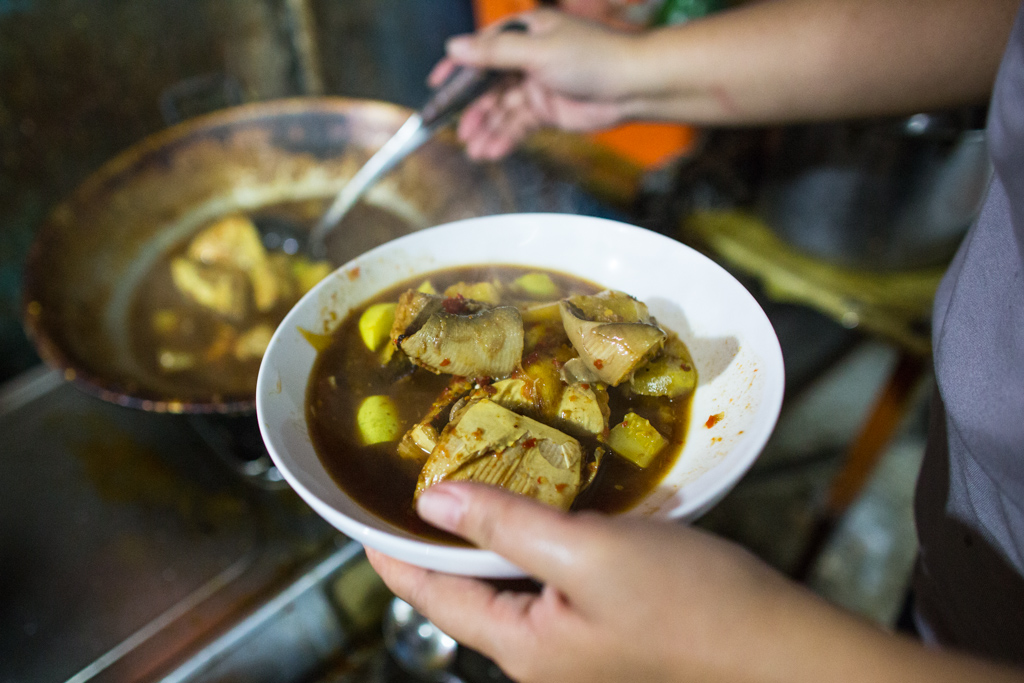
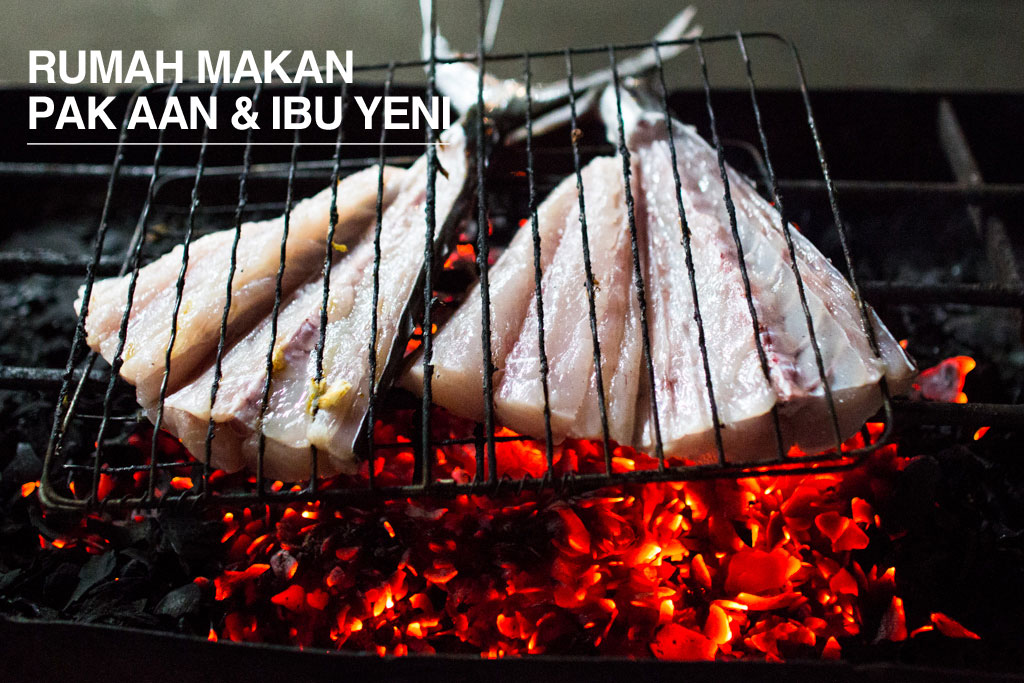
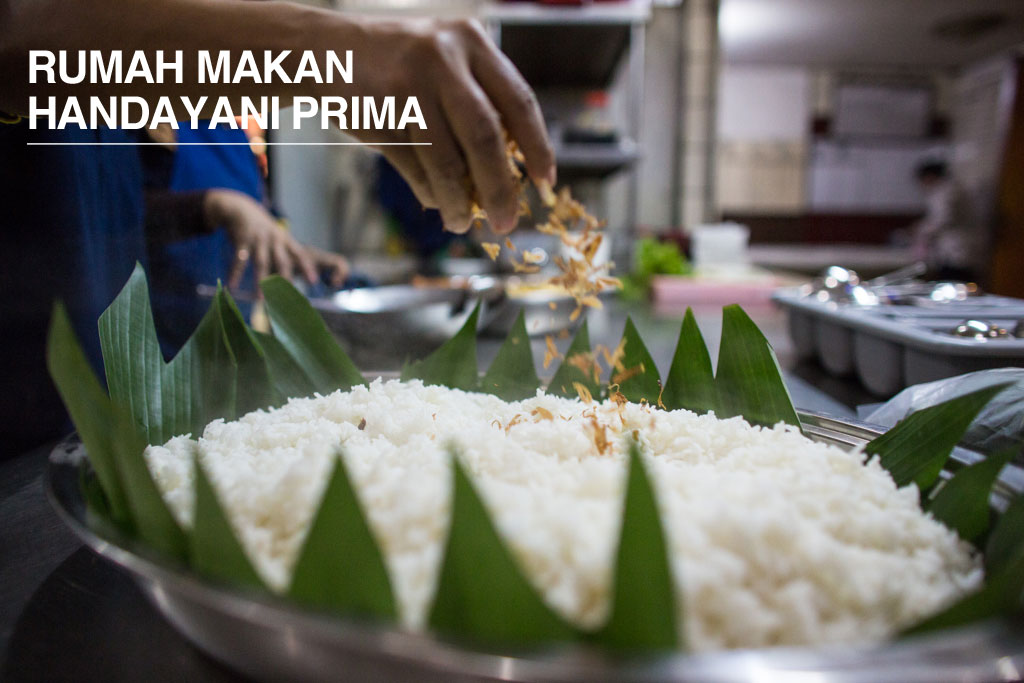
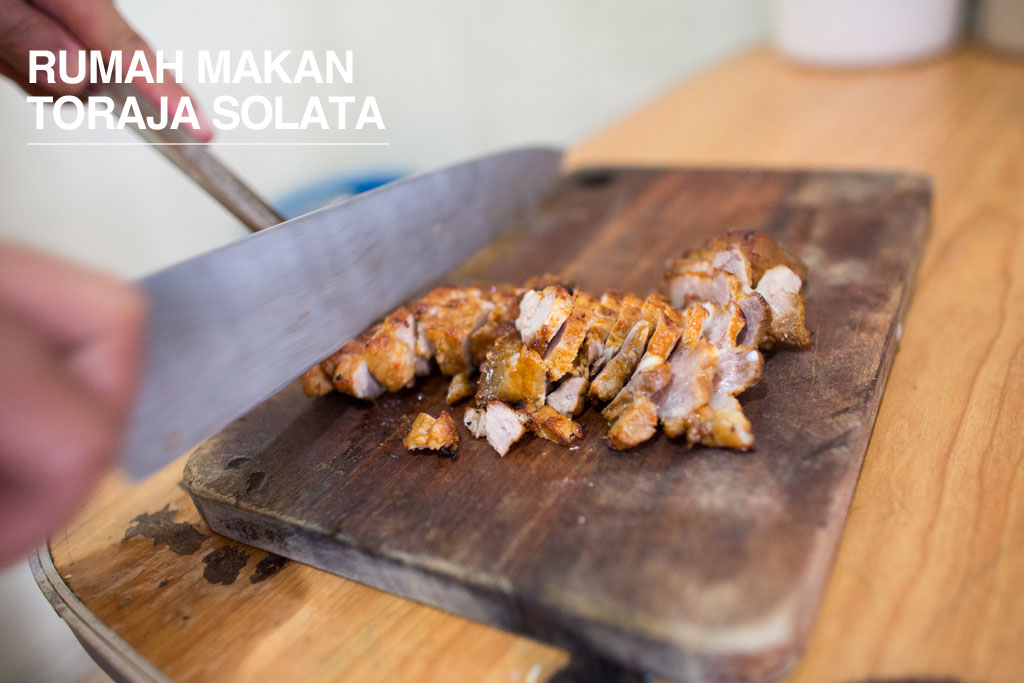
Indonesia is a country of islands with each a culture as diverse and ranged as the number of islands itself. For the most part, within our daily lives even we, Indonesians, don’t even know much about our own food and its heritage. The common people can identify the common and or the more popular ethnic Indonesian food cultures such as Padang, Betawi and Bali dishes and their own heritage cuisines. But that is not all there is to Indonesian cuisine.
Indonesia by far has one of the most interesting and diverse culinary heritage and many seem to not know. Historically a port for the Dutch, importing and exporting spices were the regular. With these spices in hand, dishes with distinct flavor and characteristics were created, each dish specific to the inhabitants of a region – a specialty dish if you will. Perfect marriages between ingredients and flavors, these culinary pioneers created the foundation of which Indonesian cuisines has flourished for years, and as time passed, these forefathers can only hope their children would preserve and improve these dishes.
As we move on to present day Indonesia, a united country from the furthest east to the islands of the west. Over the years as people migrate and relocate, ethnic groups carry around their ancestor’s dish around for comfort and as a constant reminder of the place that once was home. Instantaneously they are also sharing knowledge and cultivating other’s taste. Knowingly or unknowingly, Indonesia became a giant melting pot for indigenous flavors curated by our very own people. But just like any new discoveries, they are all filled with uncertainty. Taking that first step, or in this case, the first bite can change a preconceived perception. We tend to stray away from things unfamiliar. A common mistake one would make.
In Jakarta Timur, in a store complex, a banner stood high. It reads Rumah Makan Toraja SOLATA – a restaurant built in the image of Ibu Fifi in hopes of enlightening local Jakarta people of the flavors Toraja food. Being a native herself, she wants to see her Toraja delicacies to make it to people’s tongues and hearts. Pammarasan is a fruit indigenous to the island of Sulawesi where life revolves around the ever-utilized fruit. The seed crushed to be a dark textured powder, the skin peeled and dried. This one ingredient muster up perplexed yet simple and subtle flavors that at the tip of your tongue oddly familiar to the next. Inside the humble restaurant where Ibu Fifi looks over her employees cooking pantollo – skin of the pammarasan cooked with cuts of pork and vegetables; and rawon – a dark broth soup with chunks of pork and vegetables. An ethnic group in Sulawesi completely detached from Jakarta and its culture and religion. With different climates and islands away, some ingredients are the same and some are not; some of which can’t be found elsewhere.
Rumah Makan Handayani, the once celebrated restaurant had a couple of rough years falling from glory. But then a fiery lady walked thought those doors, Ibu Lenna, who took over the reigns 2 years ago and changed the culture and recharged the famed restaurant. Rumah Makan Handayani has a long history, one of the oldest restaurants in Jakarta that serves East Javanese delicacies and mostly the recognized Indonesian Mini Ristaffel styled dining. Granted most of the items on the menu are common because fact of the matter is, most of the ingredients used are the same, just a slight twist and a few additions separates most Indonesian dishes. “Do it with love, with pleasing people in mind, there will be a significant difference,” explained Ibu Lenna. Integrity is just as important as fresh ingredients. Ibu Lenna preaches to her employees about hitting a high standard for each service.
Another restaurant in a more modest setting under a ruko – a row of complex shop houses common in Indonesia – still demands as high as a standard as the previous. Pak Aan, a native of the beautiful Bangka Island who stands true to his roots even after he has set up shop in the big city, Jakarta, owns this nameless, yet popular establishment. Even a successful man had humble beginnings; he and his wife’s endeavor to start a restaurant came from nothing more than a gut feeling. They since have built a loyal following with Bangka’s signature dishes of fishes, lempah, kulat, and their own blend of sambal terasi. Pak Aan serves the freshest of ingredients and something he emphasizes and guarantees, “If a customer is not happy with the quality of the fish, I will exchange it with a new one. Free of charge.” At times he himself has to go back to Bangka to gather the finest and rarest ingredients. Kulat is a type of fungi that is grown and unearthed only in the rainforests of Bangka and safe to say it is like a sacred local treasure and since has become scarce. Pak Aan went to explain, “The item is rare. One can say they have money and want to buy it, they still can’t. There simply isn’t a lot of the lempah left.” Though it isn’t the only specialty of Bangka but one of the most recognized, the pride of Bangka itself.
Most of the ingredients are the same for a reason; along with similar and simple cooking techniques makes it accessible for the rich, poor, for every cred and color. The beauty of Indonesian food is that by its true nature of it is a culinary experience for the people by the people. A friendly competition to better Indonesian culinary as a whole, to win bragging rights for the most recognized ethic cuisine in what truly is a jungle of flavors that is Indonesian cuisine. Food that reflects both heritage and individual passion to showcase their native home’s favorites. Each chef and owner puts out their best foot forward to have their ethnic flavors take the center stage but to captivate the world with all the beautiful flavors offered in this beautiful country.








